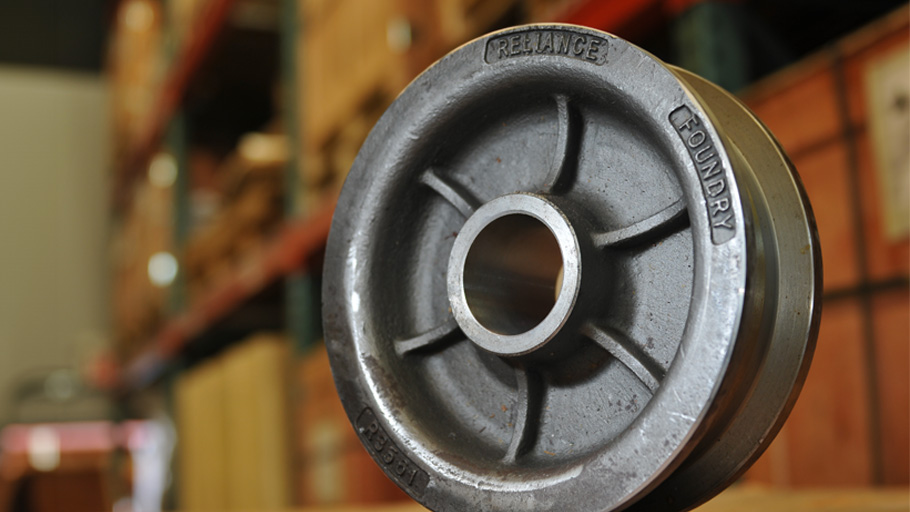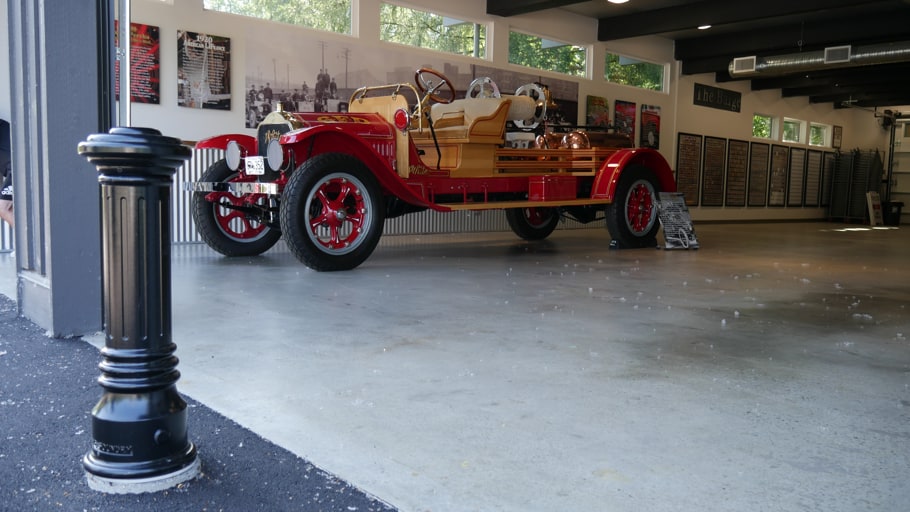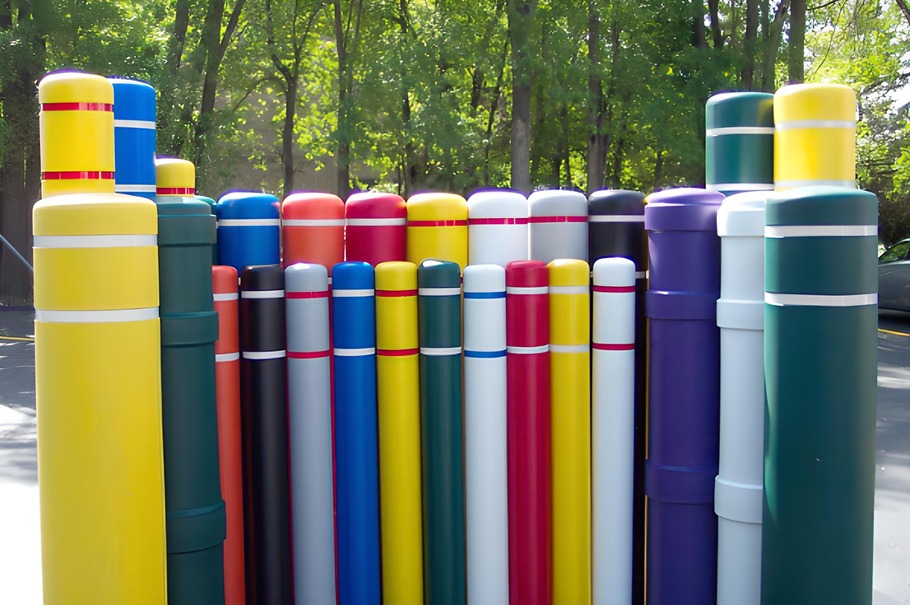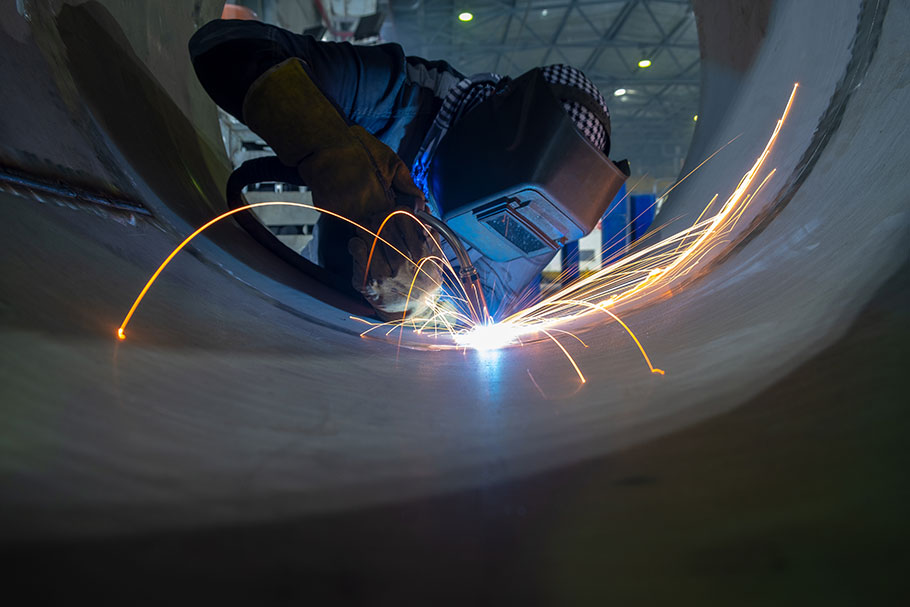Learn how different chemical compositions affect steel
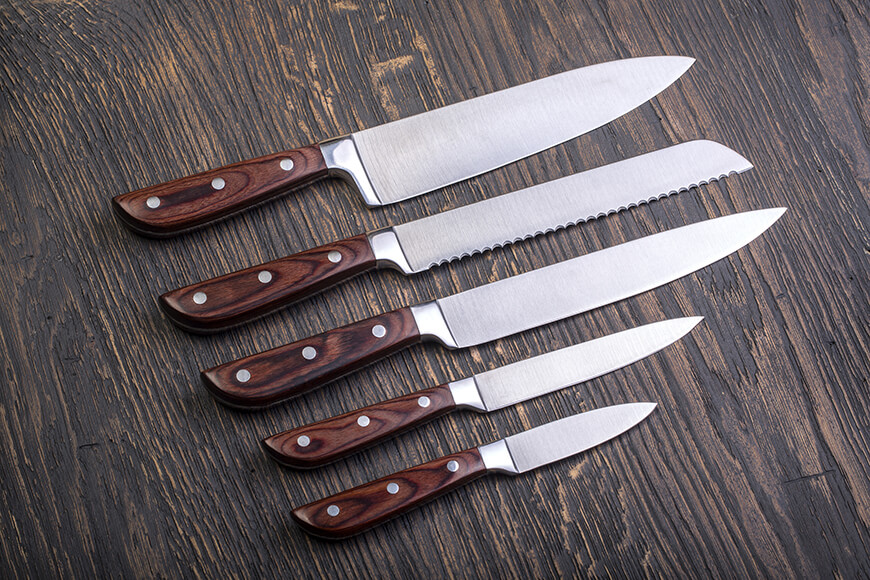
Steel is found in all kinds of products, from aerospace to kitchenware. Such diverse applications require a versatile material—and steel fits the bill.
‘Steel’ actually describes an entire family of metal alloys, with hundreds of application-specific grades, however most people understand steel in two broad categories: carbon steel and stainless steel.
Carbon steel and stainless steel have the same basic ingredients of iron and carbon. Their main difference is alloy content—carbon steel has under 10.5 percent alloy content, while stainless steel must contain 10.5 percent chromium or more. That essential difference is what gives carbon steel and stainless steel their distinct physical characteristics.
Steel Composition
The essential elements of steel are iron and carbon. In general, steels with a higher carbon content are hard and brittle, while steels with a lower carbon content are ductile and tough.
Of course, it’s rarely that simple. Alloying elements like chromium, molybdenum, nickel, manganese, or silicon can be added to increase corrosion resistance or attain a better balance between strength and toughness.
Carbon Steel
Carbon steel is composed of iron and 0.12 – 2.00 percent carbon. The broader definition includes alloy steels, which can also contain up to 10.5 percent alloy content. Even within the confines of under two percentage points of carbon, there is huge variance in physical characteristics—especially hardness.
When people talk about carbon steel, they are usually referring to the high carbon steel used in knives and tools. High carbon steels are very hard, which makes them good at resisting abrasion and retaining shape. They can withstand significant force before deforming. Unfortunately, hard metals are also brittle: when placed under extreme tensile stress, high carbon steels are more likely to crack than bend.
Low carbon steels are more common than high carbon because of (1) lower production costs, (2) greater ductility, and (3) ease of use in manufacturing. Low carbon steels tend to deform under stress instead of breaking, and that ductility makes low carbon steels easy to machine and weld. They are frequently used in automobile body panels, bolts, fixtures, seamless tubes, and steel plate.
Stainless Steel
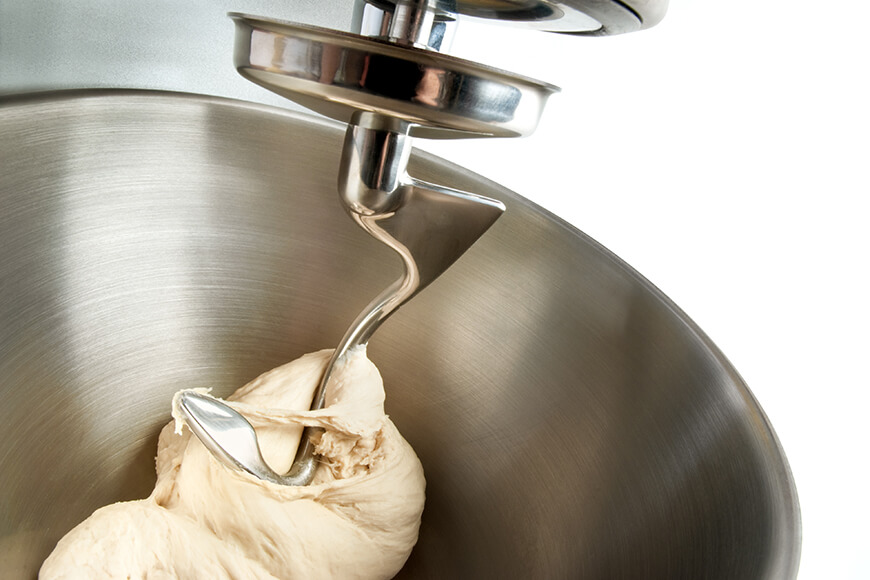
Stainless steel contains iron, carbon, and at least 10.5% chromium content. The chromium is key—it reacts with oxygen to create a passive layer that protects the steel from corrosion. That protection reduces the likelihood of stainless steel rusting—important for outdoor site furnishings, like bollards, installed in wet environments. The higher the chromium content, the better the corrosion resistance.
It’s important to pay attention to the stainless steel grade when purchasing appliances and other big ticket items. Not all steels are created equal. A stainless steel with the minimum 10.5% chromium content is much cheaper and less durable than one with 16%, and the difference will show in maintenance costs and service life.
Carbon Steel vs. Stainless Steel Knives
Home chefs often choose stainless knives. Professionals often choose high-carbon steel.
Why? Stainless knives are more commonly available and are easy to store. Martensitic stainless steels are generally used for cutting edges. These stainless steels are harder than other grades. Yet they’re not as brittle as even-harder high-carbon steels: they can be thrown in the dishwasher or clanked against marble.
For the home cook who doesn’t do precision knifework this is often enough. Rust prevention helps keep the blade sharp in this context. Iron oxides on the cutting edge will dull a knife as much as wear will.
Professional chefs often (but not always!) have a preference for high-carbon steel knives. These knives can be honed to a very sharp edge and are generally more wear resistant than stainless. High-carbon grades hold a finer edge even against tough regular use. Very hard metal is also very brittle: when impact forces get too high, the metal won’t bend, it will break. This means that high-carbon knife edges will be less likely to get pushed out of shape upon impact, losing the edge to a series of warps. Instead they’ll hold a nice, clean line, and when they break, they’ll chip.
Hard steel like this needs more care. Oiling before putting away to prevent rust, rinsing after use in very salty or acidic conditions, and re-edging against a stone (rather than a steel). These maintenance steps make high-carbon steels more of a treat for the high-end or professional chef who cuts paper thin slices than for the average home chef for whom precision is less important than easy maintenance.
Should I Pick Carbon Steel or Stainless Steel?
Carbon steel and stainless steel are different, but one is not necessarily superior to the other. It’s all about context. Each material has advantages and disadvantages—the key is matching the steel to the job requirements.
High Carbon Steel
Stainless Steel
- Vulnerable to rust
- Brittle
- Wear-resistant
- Resistant to rust
- Less brittle
- Less wear-resistant
For more information on steel or stainless steel, or to request a quote for a custom project, please contact us.
Related articles:
- A Complete Guide to Stainless Steel
- Does Stainless Steel Rust?
- 304 vs 409 Stainless Steel
- Stainless Steel vs. Steel



